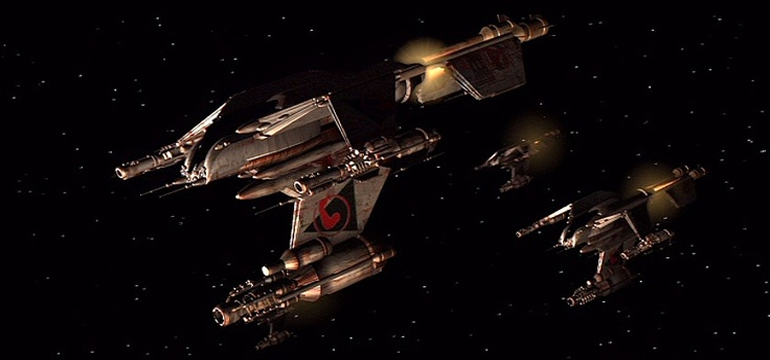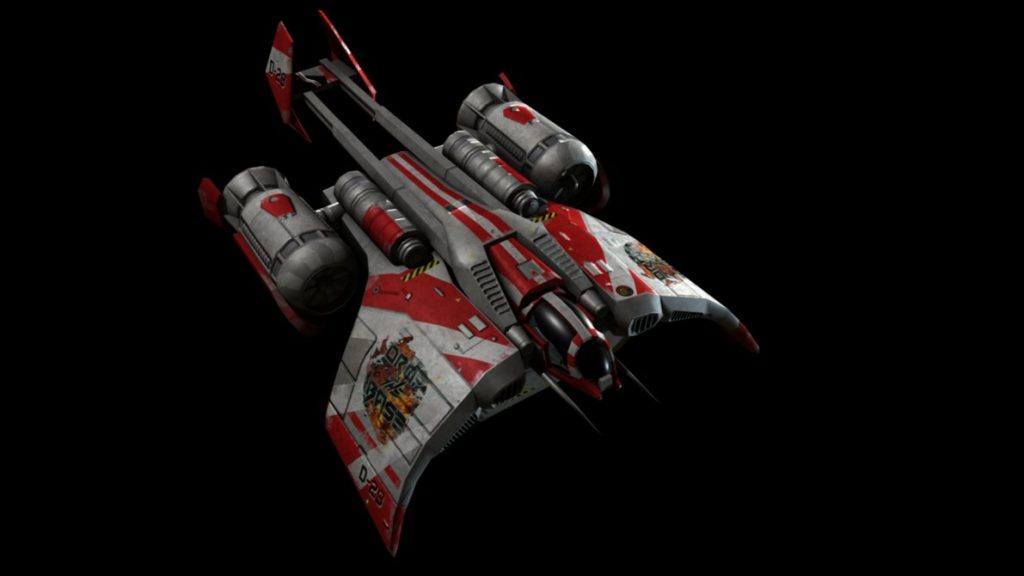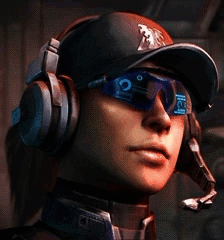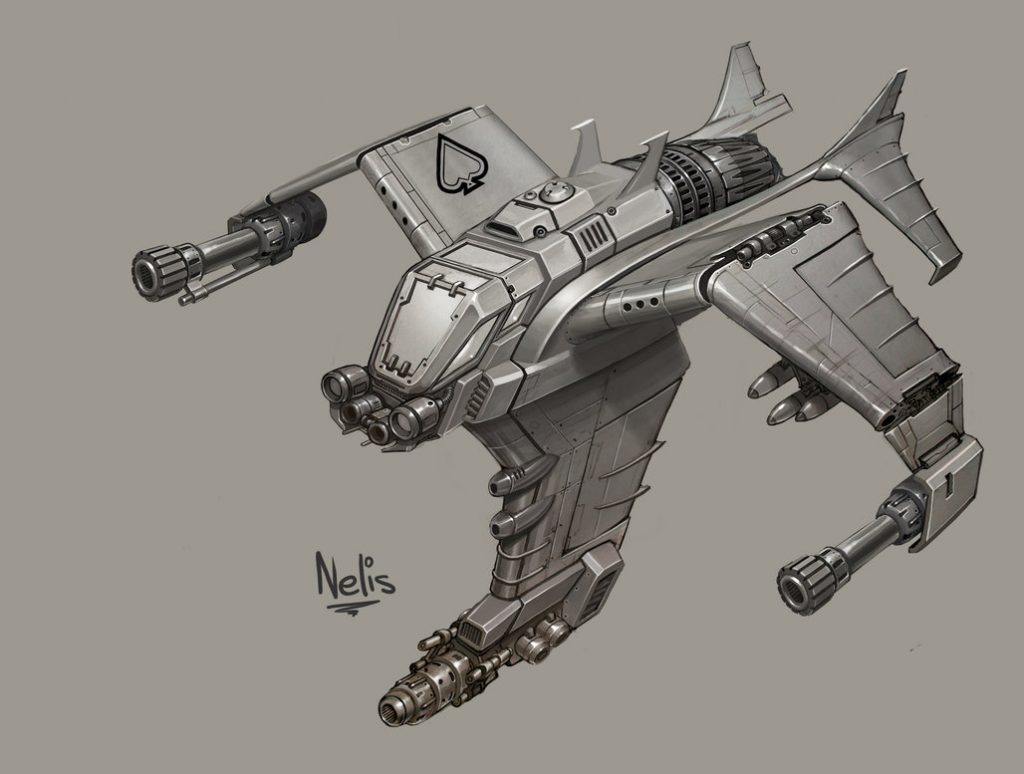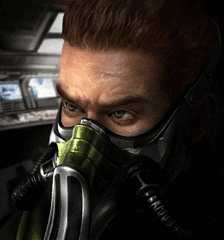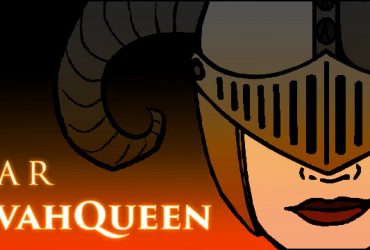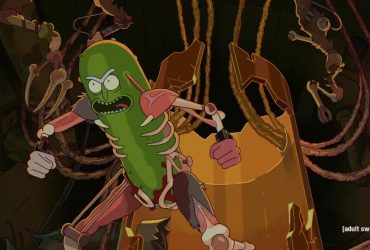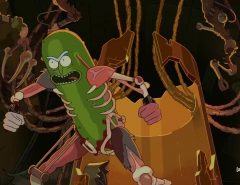I’m still stuck on Starcraft! This week, I take to the skies and look at a few of the Terran flying units from the game. These are various Terran craft that allow the humans of Korprulu sector to travel the stars. Their starcraft, if you will. Making starships is a bit more complicated than making monsters and the starship rules didn’t really have everything I needed to make the ships the way that I wanted. So, I did what any GM would do for something he needed: I homebrewed! For these starships, I created some new starship options to better fit the concept and capabilities of the original game units. I designed these extra options in such a way where they should be available for any starship, so enjoy!
Dropship Tier 1/2
Quantradyne APOD-33 dropship
Medium transport
Speed 6; Maneuverability average (turn 1)
AC 12; TL 11
HP 70; DT —; CT 14
Shields none
Attack none
Power Core Pulse Gray (100 PCU); Drift Engine none; Systems basic computer, budget short-range sensors, m6 thrusters, mk 2 armor; Expansion Bays deployment bay, escape pods (3), passenger seating
Modifiers +1 Piloting; Complement 1 or 2
CREW
Pilot Piloting +8 (1 rank)
SHIP ABILITIES
Deployment Bay An expansion bay can be converted into a special bay to quickly drop off or pick up forces. A deployment bay can hold and transfer up to 8 Medium creatures, 4 Large creatures, or 2 Huge creatures. A deployment bay can hold a combination of creatures so long as the total number of creatures does not exceed the bay’s maximum of 8 Medium creatures (a Large creature counts as 2 Medium creature and a Huge creature counts as 4 Medium creatures). A deployment bay can load or unload its held creatures in 1 round. The creatures and the starship must both occupy the same hex and the starship cannot move on a round in which it is loading or unloading creatures. A deployment bay uses 5 PCU and costs 1 BP.
Heavily armored Terran Dropships play a crucial role in defense of the sector. The ships are fully equipped for both atmospheric and deep space flight. Dropships are designed to carry anything from squads of troops to siege tanks. Early experiments attempted arming Dropships with a variety of weapon systems. These weapons were quickly scrapped in favor of increased carrying capacity. It is not unlikely for transported troops within to fire from within to defend a Dropship, however. The maximized payload capacity trades efficiency for comfort, forcing most troops to deal with uncomfortable transportation. Dropship interiors are usually hot and reach near unbearable temperatures during re-entry.
Wraith Tier 3
CF/A-17G Wraith
Tiny fighter
Speed 10; Maneuverability good (turn 1)
AC 17; TL 15
HP 35; DT —; CT 7
Shields none
Attack (Forward) light laser cannon (2d4), light torpedo launcher (2d8)
Power Core Apollo Reactor (Pulse White [140 PCU]); Drift Engine none; Systems advanced short-range sensors, cloaking field, mk 4 defenses, mk 4 mononode, mk 5 armor; Expansion Bays none
Modifiers +4 any check per round, Computers +4, +1 Piloting; Complement 1
CREW
Pilot Gunnery +8, Piloting +10 (3 ranks)
SHIP ABILITIES
Cloaking Field A starship can house a special cloaking field which makes the ship nearly undetectable. A pilot can either enable or disable a starship’s cloaking field in addition to the pilot’s action during the helm phase. A cloaked starship is invisible to the naked eye and can neither be detected by passive sensors nor be the target of attacks. A science officer can use active sensors to detect a cloaked starship using the scan action with a –5 penalty to the science officer’s computer check. Once a cloaked ship is detected in this manner, it can be attacked normally until the cloaked ship disables and re-enables the cloaking field again. A cloaked ship consumes a number of PCU equal to 15 times the starship’s size category for every round which it remains active until the field is disabled. If a starship’s power core does not have enough available PCU for the cloaking field, the field is immediately disabled. A disabled cloaking field restores the consumed PCU at a rate of 15 PCU per round. A cloaking field costs a number of BP equal to 10 times the starship’s size category.
A typical wraith’s systems consume 65 PCU, allowing 75 PCU for use with the cloaking field.
Traditionally, most space battles involved capital ships and smaller gunships. Terran technicians eventually found that small, dynamic high-speed fighters served just as well, if not better for space combat. The lighter and more maneuverable ships could repeatedly deal damage to large ships while evading most defensive battery attacks. The Wraith is the latest in the line of these superior space fighters. Wraiths are capable of both atmospheric and deep-space flight. They lack the ability to jump through hyperspace and are usually attached to capital ships when the need for long distance travel arises. The current Wraith model is fitted with a cloaking field which runs off the fighter’s main power supply. This field has yet to find its way to much larger ships as the power required to cloak bigger ships tends to be prohibitive.
That’s it for this week! Next week, we I’ll try to finish up the rest of the Terran units. Creating the new options took a bit of extra work, but I think I’m getting into the swing of things. If you end up introducing the Terran starships into your game or you have any request for a future Monstrous Physique, please drop me a line at KnowDirection@hotmail.com.

